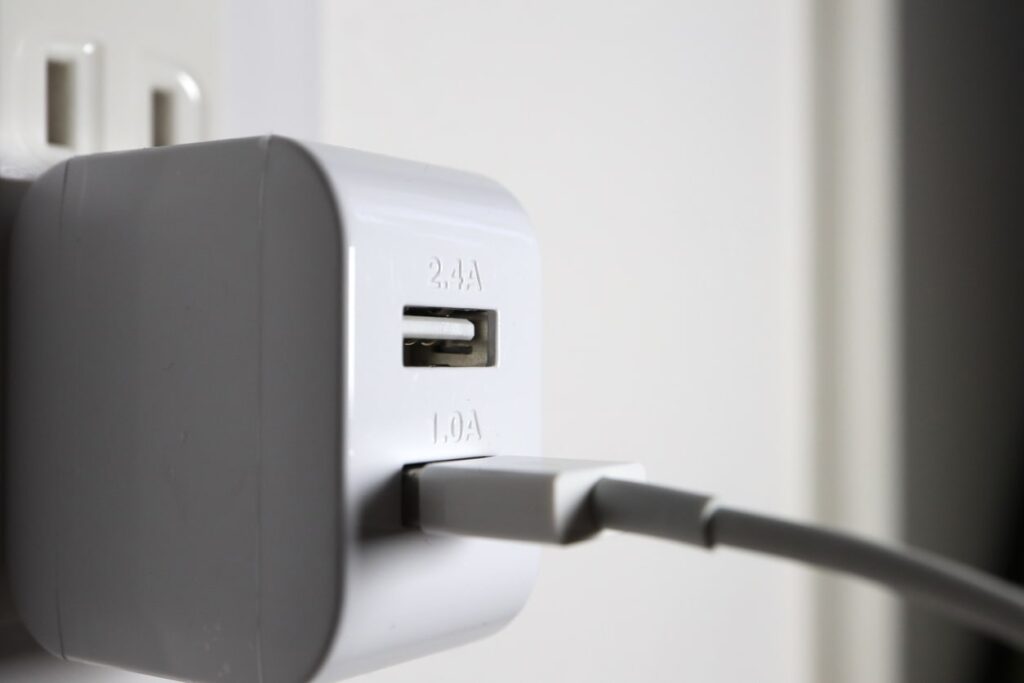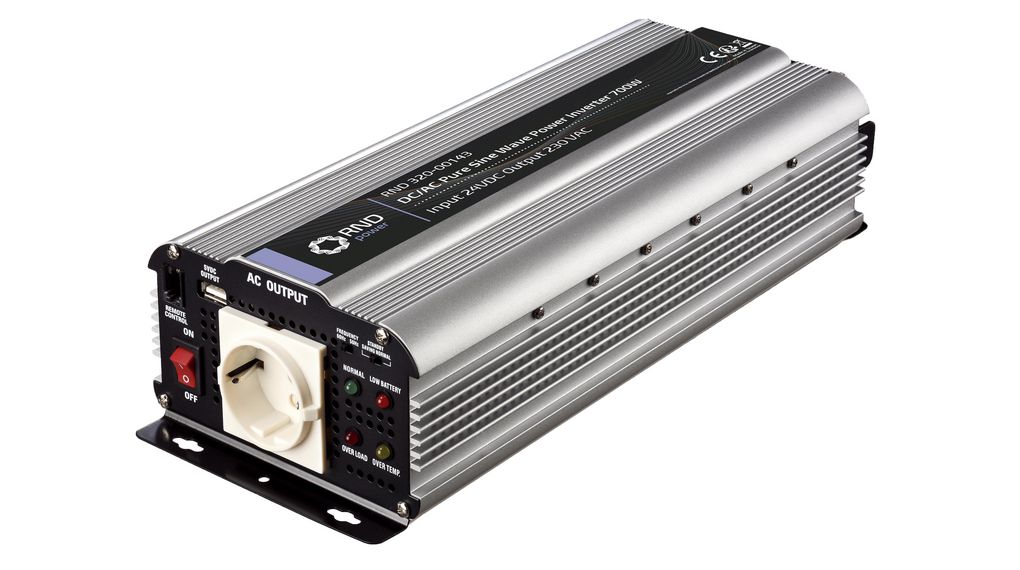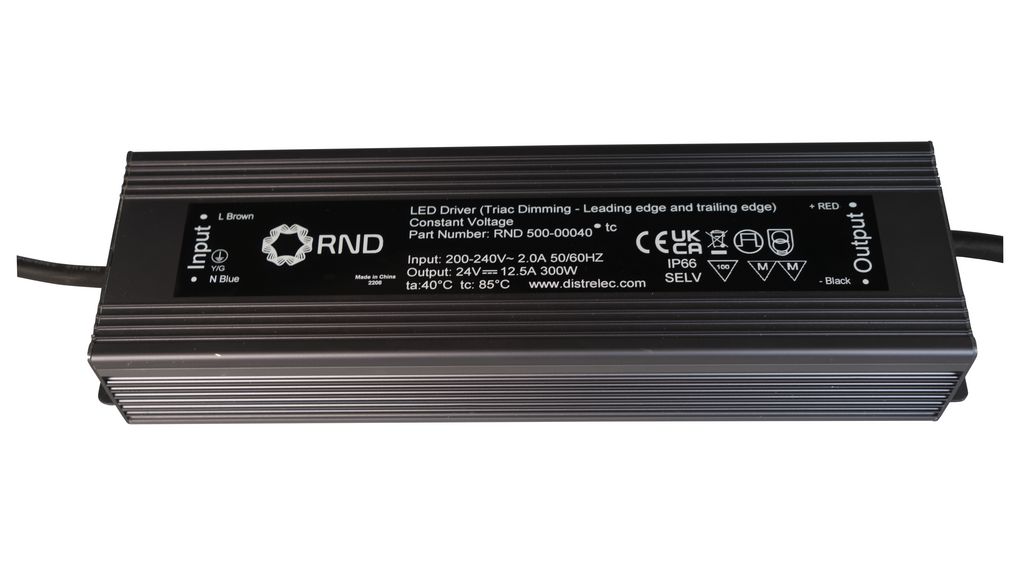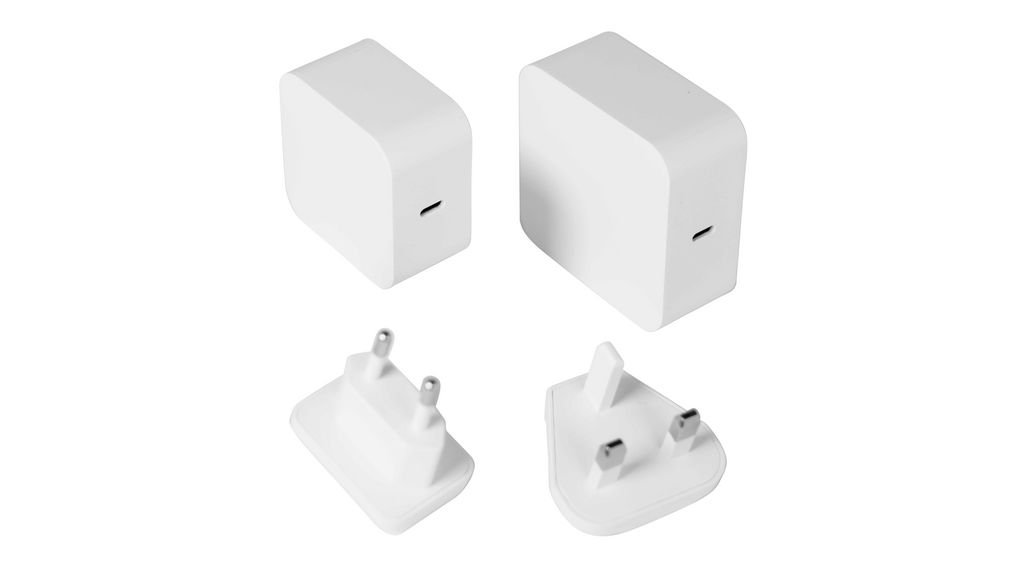The ability to convert power is becoming increasingly important in a time when technology permeates every aspect of our lives. These devices, which are frequently disregarded, are essential to our everyday interactions with modern devices. Power conversion products are the unsung heroes that keep our gadgets operating effectively, securely, and reliably. This article explores the many types, uses, and technological developments that have shaped the complex world of power conversion. We explore the wide range of these devices, from the basic AC adapters that charge our smartphones to the complex converters used in industrial applications.
What is Power Conversion?
Fundamentally, it is the process of converting electrical power between different forms, which is an essential function in the modern world, where different gadgets have distinct power needs and requirements. Most electronic devices require direct current (DC), and as the main power grid provides alternating current (AC), power converters are the go-betweens which deliver power to these devices and vice versa. Since various gadgets utilise different kinds of electrical power to function, this procedure is crucial.
In addition to converting voltage, these products have the ability to control the flow of electricity, guaranteeing that gadgets have a reliable and secure power source. This regulation is essential for preventing power fluctuations or surges from damaging delicate electronics. They are essential in our daily lives because they bridge the gap between the power our devices require and the power we have in an increasingly technologically dependent environment.
The Types of Power Converters

There are a wide array of products that convert power, each with its own distinct function. For example, AC/DC adapters are widely used to convert household AC power into the DC power needed by laptops and smartphones. On the other hand, DC/AC inverters convert DC electricity – such as that from a solar panel or automobile battery – into AC power. Whatever the requirement, RND has a reliable and efficient selection of products to suit your needs, all at a fair price.
DC/AC Inverters
These inverters are designed to convert DC into AC and are crucial in situations where DC electricity is produced or stored, but AC is needed for usage. The most common applications are solar power systems, which transform DC electricity from solar panels into AC electricity for use in homes, businesses, or power grid feed-in.
In order to create a waveform that mimics AC power, a DC/AC inverter uses electrical circuitry to quickly switch the DC input, which is usually obtained from solar panels or batteries. In order to guarantee that the output meets the frequency and voltage specifications of the AC power grid or the appliances it is meant to power, this process incorporates complex control mechanisms.
Inverters come in various sizes and capacities, from small portable units used in vehicles to convert power from car batteries, to large-scale systems used in solar power plants. Inverters are playing an increasingly important role in the transition towards renewable energy sources, as they enable the integration of DC-generating renewable systems with the existing AC infrastructure, paving the way for a more sustainable energy future.
Recommended Product:
RND Pure Sine Wave AC/DC Inverter 24V 700W

Features:
- Pure Sine Wave Output
- Microcontroller Integrated
- Adjustable Energy Saving Mode
- Input & Output Fully Isolation
- Intelligent PWM Output Regulation
- Intelligent Temp & Load Cooling Fan
- Multi Pre-Alarm & Shutdown Alarm Protections: Battery Type Detection / Polarity Reverse / Low Voltage Short Circuit / Overheat / Overload
- Aluminium Housing
LED Drivers
Specialised power converters called LED drivers are made to precisely control the amount of power used in LED (light-emitting diode) lighting systems. Because LEDs need a steady current to function at their best, unlike conventional lighting systems, LED drivers are necessary. These drivers control the amount of power that is delivered to the LED, ensuring a constant current that shields it from voltage variations that could harm or inefficiently operate the LED.
LED drivers are essential for maximising the lifespan and performance of LED lights and increasing their cost-effectiveness. Because of their energy efficiency and advantages for the environment, they are commonly adopted in lighting applications for commercial, residential, and industrial spaces, which helps explain why LED technology is becoming more and more popular. If you want to find out more about the subject, check out our RND Guide to LED Drivers.
Recommended Product:
RND LED Driver, Triac Dimmable CV, 300W, 25A, 12V

Features:
- Constant voltage/ PWM Output
- Leading & Trailing edge dimmable
- AC input: 200-240VAC
- Built-in active PFC function
- Efficiency up to 89%
- Protections: Short circuit/ Overloading/ Over current/ Over temperature
- Full protection aluminium housing
- Cooling by free air convection
- Suitable for LED lighting and moving signs
Plug-In Power Supplies
Plug-in power supplies, sometimes referred to as wall warts or power bricks, are external power converters that give different electronic devices, either DC or AC power. Devices lacking internal power conversion capabilities often use these power supplies. Usually, they use a built-in plug to connect to the electrical outlet and a designated power connector to connect to the device.
Plug-in power supplies are incredibly versatile because they can be used with a wide range of devices, including routers, cordless phones, and portable gaming consoles. This is due to their wide range of output voltages and currents. Their significance stems from their capacity to deliver a steady and regulated power source, guaranteeing the effectiveness and security of the equipment they supply.
Recommended Product:
RND Plug-In Power Supply 240V, 155mA, 7.2W, Euro Type C

Features:
- 100 to 240 VAC input voltage
- 60/ 50 Hz input frequency
- Fusible resistor; 10Ω, 1W, 5%
- 9V dc output voltage
- 800mA output current
- 7.2 W Max overall performance
USB Power Adapters
USB adapters are a ubiquitous yet essential kind of power converter that can be found in almost every modern home and workplace. These adapters are made to transform wall outlets’ AC power into the low-voltage DC power that many of our portable electronics, including laptops, tablets, and smartphones, need. To meet the varied charging requirements of various devices, USB adapters are available in a variety of shapes and sizes. However, USB Type-C is starting to make some shapes and sizes obsolete.
USB power adapters are extremely versatile and user-friendly due to their universal design, which is standardised by the USB interface. Fast-charging technologies have further improved the functionality of USB adapters, which has led to their evolution and made them an essential component of our everyday tech use.
Recommended Product:
RND Power Supply 9V, 2.5A, 30W

Features:
- USB C Socket
- PD Power USB protocol – auto detect
- UK, EU and US Switchable AC Heads
- Energy Efficiency Level VI
- Protections: Short circuit & Over current
- Universal Input 90 – 264VAC
- Approvals: UL/CUL, GS, TUV, UKCA
Conclusion
In conclusion, power conversion products, in their various forms, are indispensable in our technology-driven world. These gadgets enable a smooth flow of electricity catered to our various needs, from USB adapters that power our portable devices to AC/DC inverters that connect renewable energy sources with conventional power grids. These products play an increasingly important role in driving sustainable energy solutions as well as ensuring the efficient operation of devices as technology advances. Their ongoing innovation highlights their silent but significant impact on our daily lives and they remain critical products in our journey towards a more environmentally conscious and energy-efficient future.










